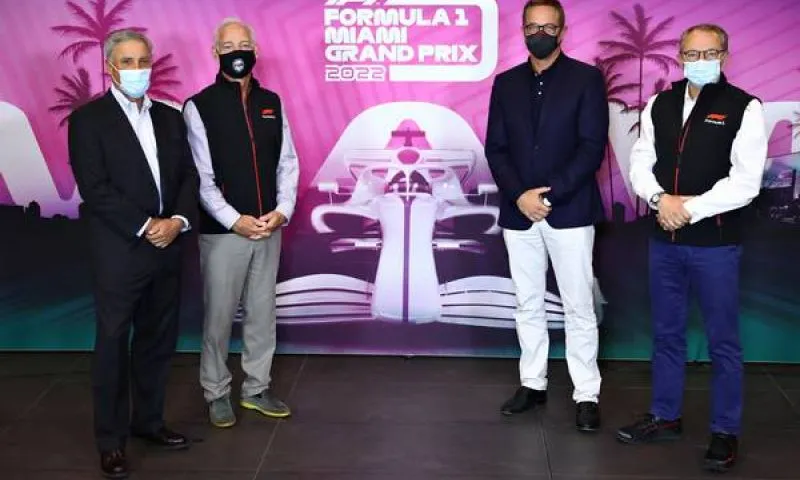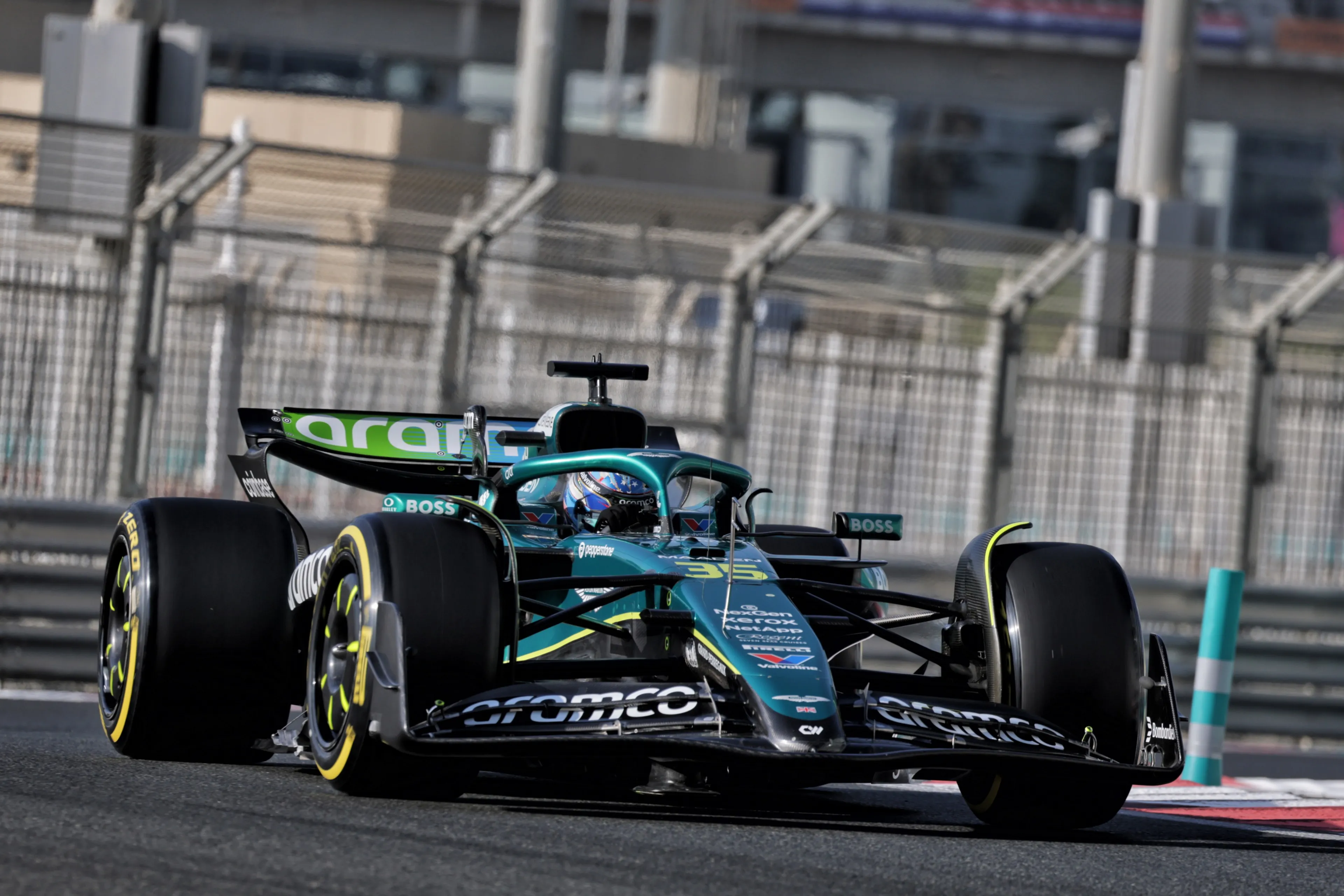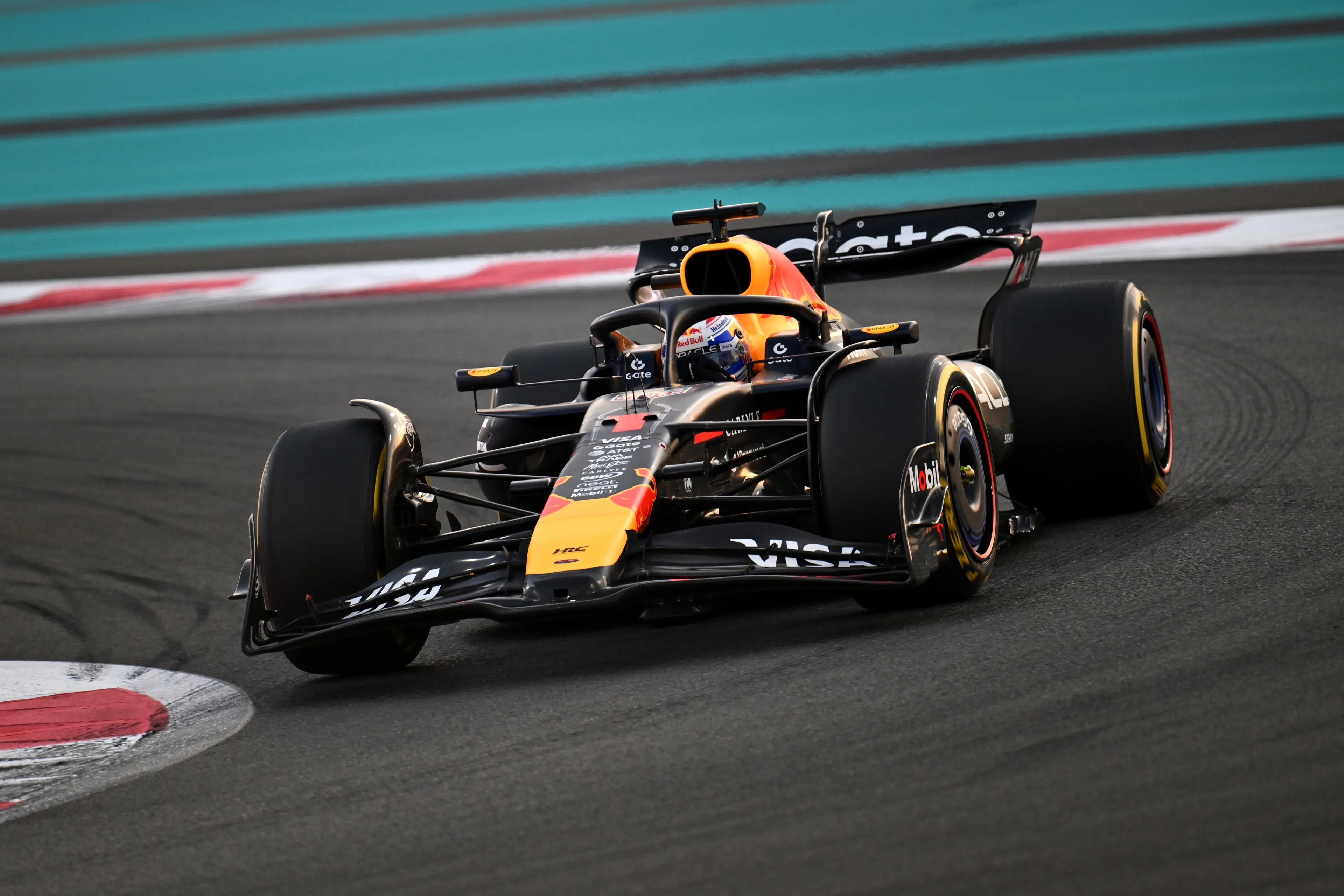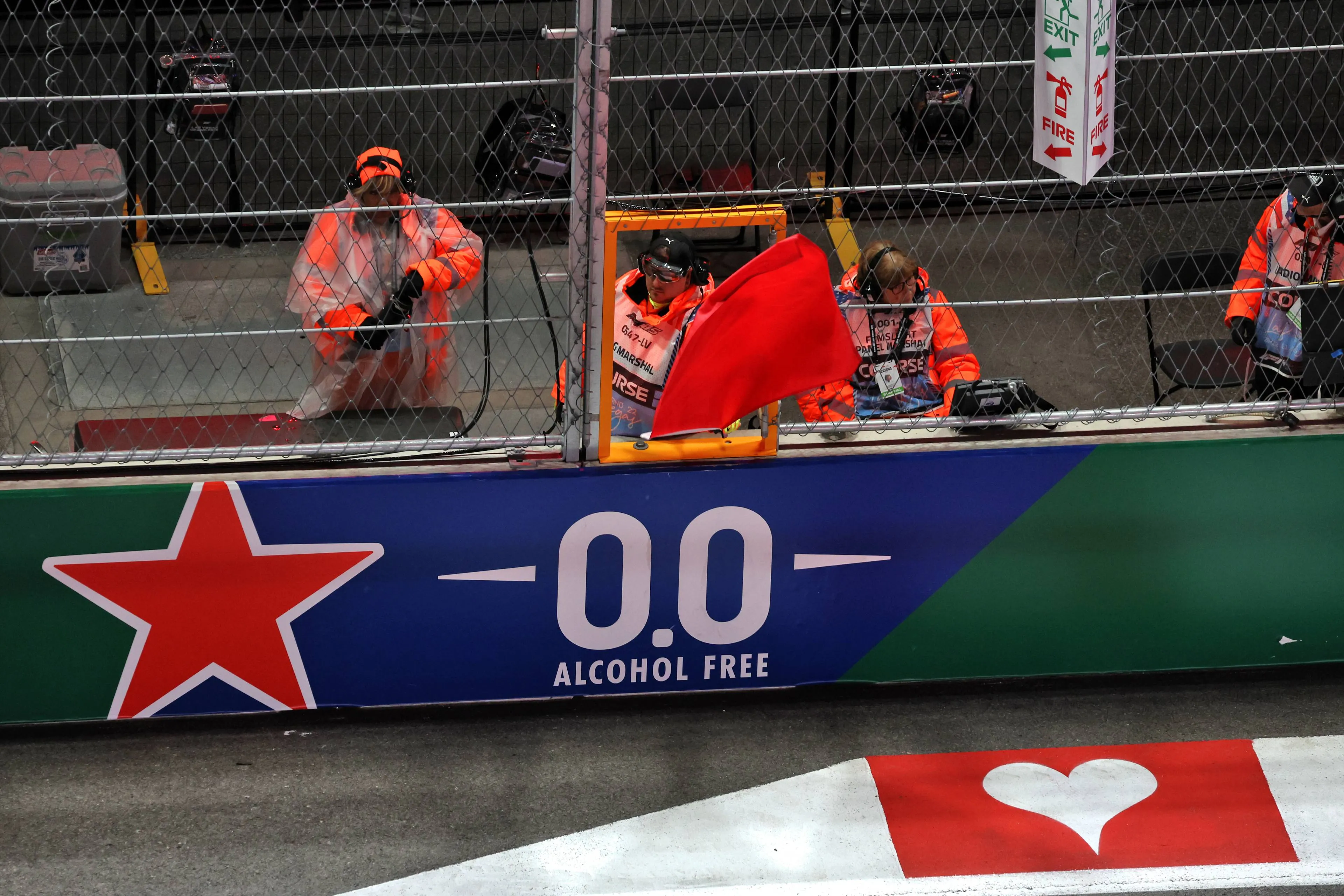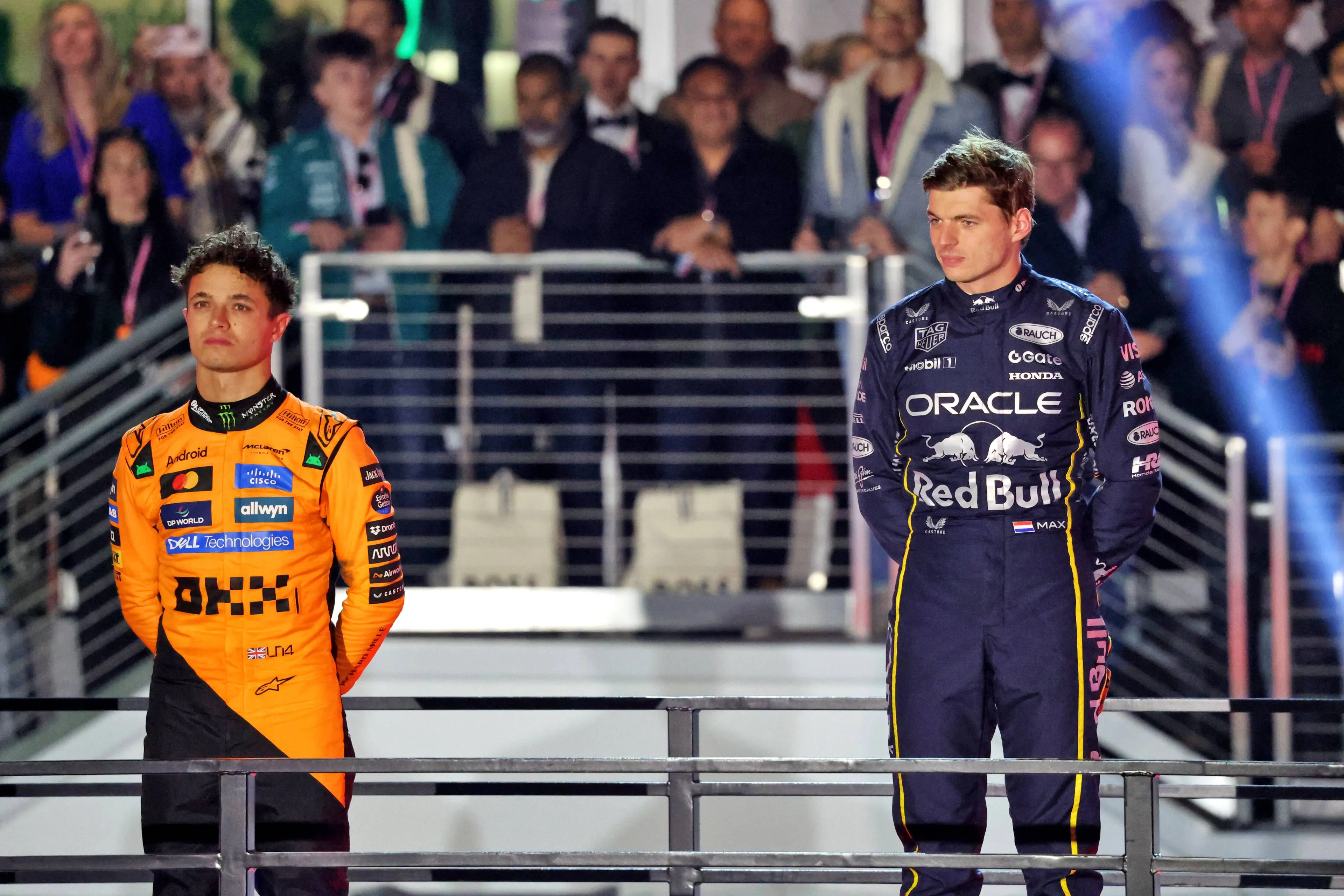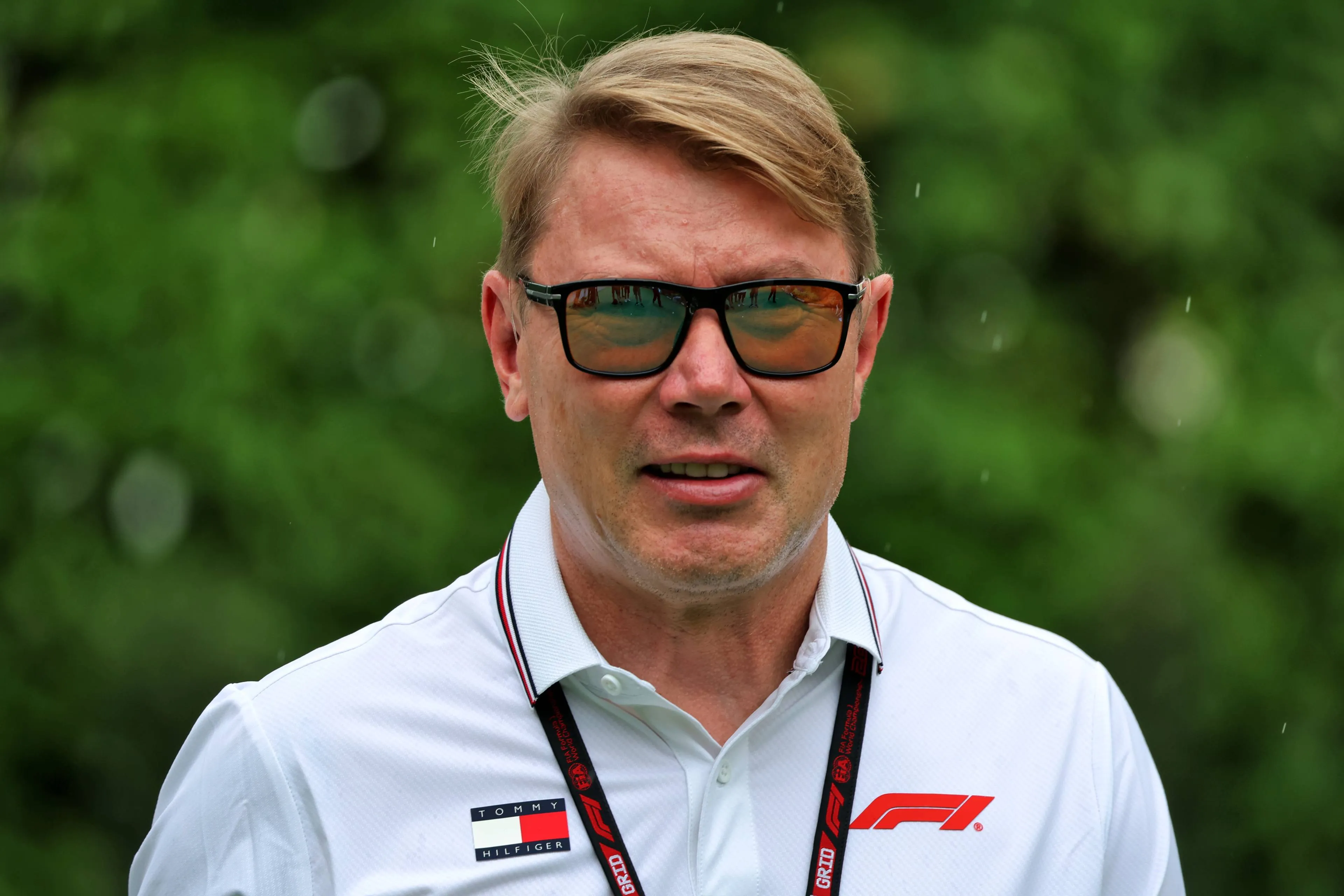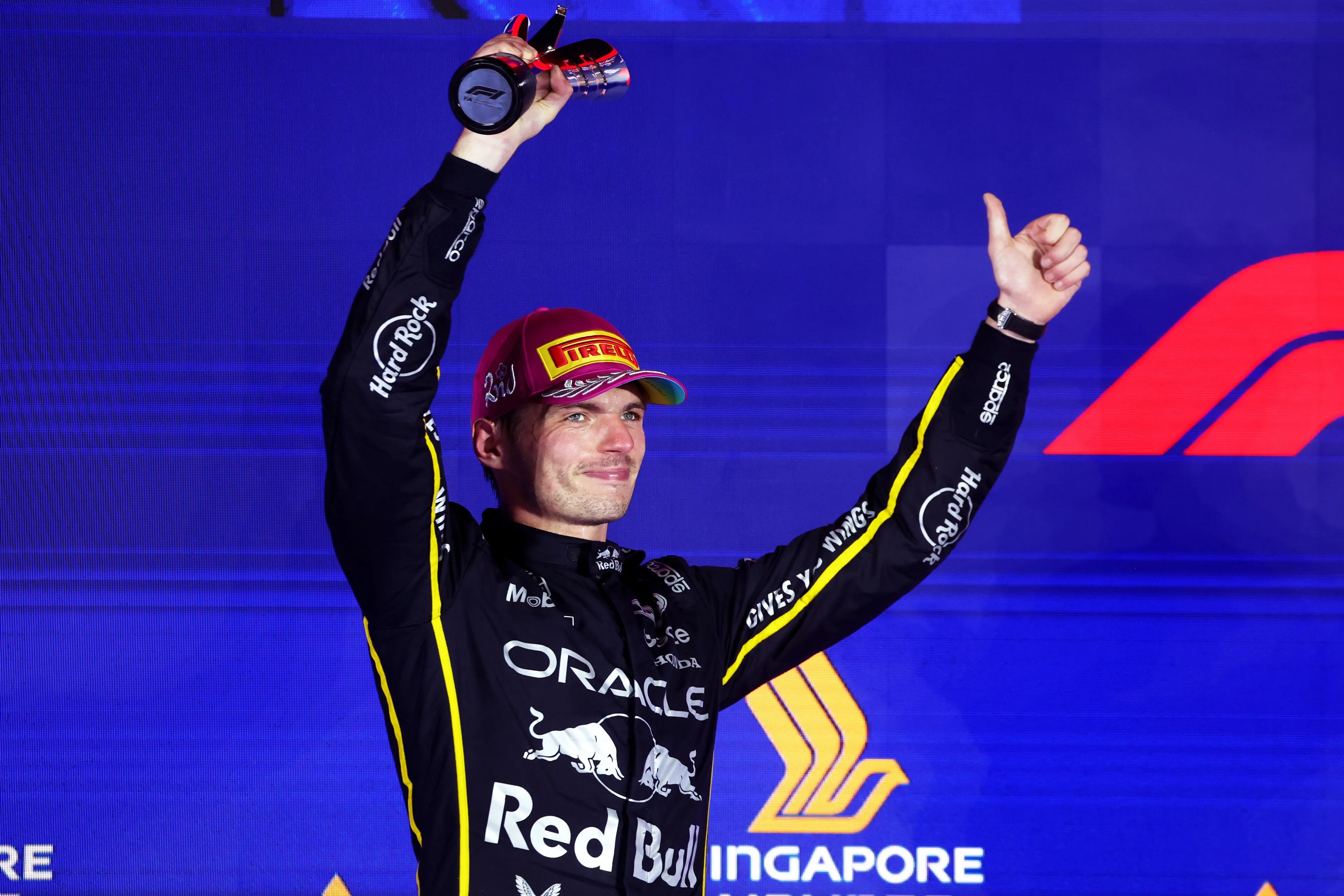Liberty Media’s $4.4Bn (USD) acquisition into the Formula One Group in late 2016 displayed a fundamental change in how F1 was going to be run for the following years. After five years of their ownership, we take a look at their notable actions and areas of potential improvement going into the future.
Online strategy
Upon acquisition, Liberty Media immediately took note of the motorsport’s lack of an online presence. Under the “Bernie Ecclestone,” management had both undermined and neglected the power of the medium to spread the name of the sport. Once Liberty Media identified an opportunity to expand its reach through the online sphere, a variety of digital content was created to draw in a variety of new fans. Through session highlights, quizzes for the drivers and a wide range of other ideas, F1 has created a vast bank of video content for viewers to enjoy and learn.
Using social media engagement on a variety of platforms allowed fans to view and follow the latest news from F1. Short clips and infographics helped keep them informed and gain more knowledge to greater understand the race events. By increasing their online presence, more fans could use this information to create their own content such as entertainment, informational and journalist pieces to engage other enthusiasts of the sport. This helps create a snowball effect, passively drawing in fans on a year-on-year basis.
Growing the American audience
During the Ecclestone era, F1 had made several attempts to tap into the North American market with little success. The damage created by the farcical 2005 Indianapolis Grand Prix was near irreversible. Subsequently, Indycar and NASCAR maintained a vice-like grip on the market, with F1 unable to truly challenge their viewing numbers.
Upon acquisition, Liberty Media began widespread changes to reverse this habit. The introduction of the popular Netflix series “Drive to Survive '' garnered interest from the unfamiliar viewers with its stylised and dramatised representation of F1 as a whole. By providing an intimate view into the personalities surrounding the motorsport, fans were greater enticed to view the sport and see the dramas unfold in front of their very eyes. Further strategies have been implemented, such as the incoming Miami Grand Prix, which will bring the races in the United States to two. Such long-term exposure should soon bear fruit and change the status quo within the North American market.
Covid-19 Response
The outbreak of the Covid-19 pandemic resulted in unprecedented changes globally. The resultant cancellation of the Australian Grand Prix and prolonged shutdown presented a problem to F1 on how to continue to engage its viewers. In order to maintain viewership, Liberty Media made both historic and modern classic races available to view weekly on YouTube. The e-racing series involving F1 drivers, sportspeople, musicians and other globally recognisable icons drew in even more eyes with the novelty of inexperienced to learned simracers to battle it out on the virtual track. With these, interest in F1 was sustained, ensuring that fans would not be lost through the sustained period of shutdown.
By frequently engaging with key stakeholders and maintaining leads on a variety of circuit management, F1’s hierarchy was able to rapidly organise and distribute the racing spectacle for a makeshift 2020 season. This fluidity and quick thinking allowed F1 to be the first global sport to return to “normal”. This helped further elevate motorsport’s position in comparison to other internationally recognisable sports.
F1’s future
By bringing in a learned hand in Stefano Domenicali, F1 may be able to find a stronger balance between the corporate aspect and the future of the sport. Domenicali will have greater fluency in managing team and driver expectations, as well as meeting the demands of the stakeholders into F1. An overall positive move by the F1 hierarchy as a whole.
However, Liberty Media may wish to more aggressively advertise F1’s environmentally friendly activities. Limited advertising of the electric regeneration units in the powertrains, as well as limited marketing on sustainable activities, have misled outside viewers to believe that F1 continues to be intensely damaging to the surrounding environment. With biofuels intended to be introduced by 2025, F1 may find it critical to pad out the time with a more rigorous campaign to raise awareness about their environmentally friendly activities.
Read more about:
Popular on GPBlog
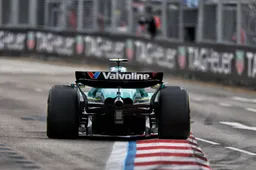
1
The first 2026 Formula 1 car is fired up as a 'new era comes to life'
1673 times read
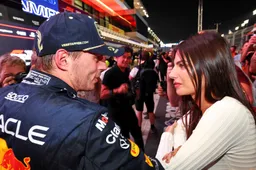
2
Verstappen enjoys Brazil holiday with family, tests himself in a new sport
1197 times read

3
Happy New Year! GPblog wishes everyone a healthy and happy 2026!
1165 times read
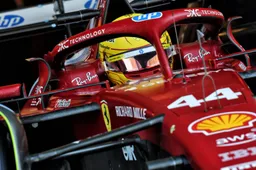
4
Ferrari stirs engine ruckus over Mercedes and Red Bull at FIA
725 times read
Loading
